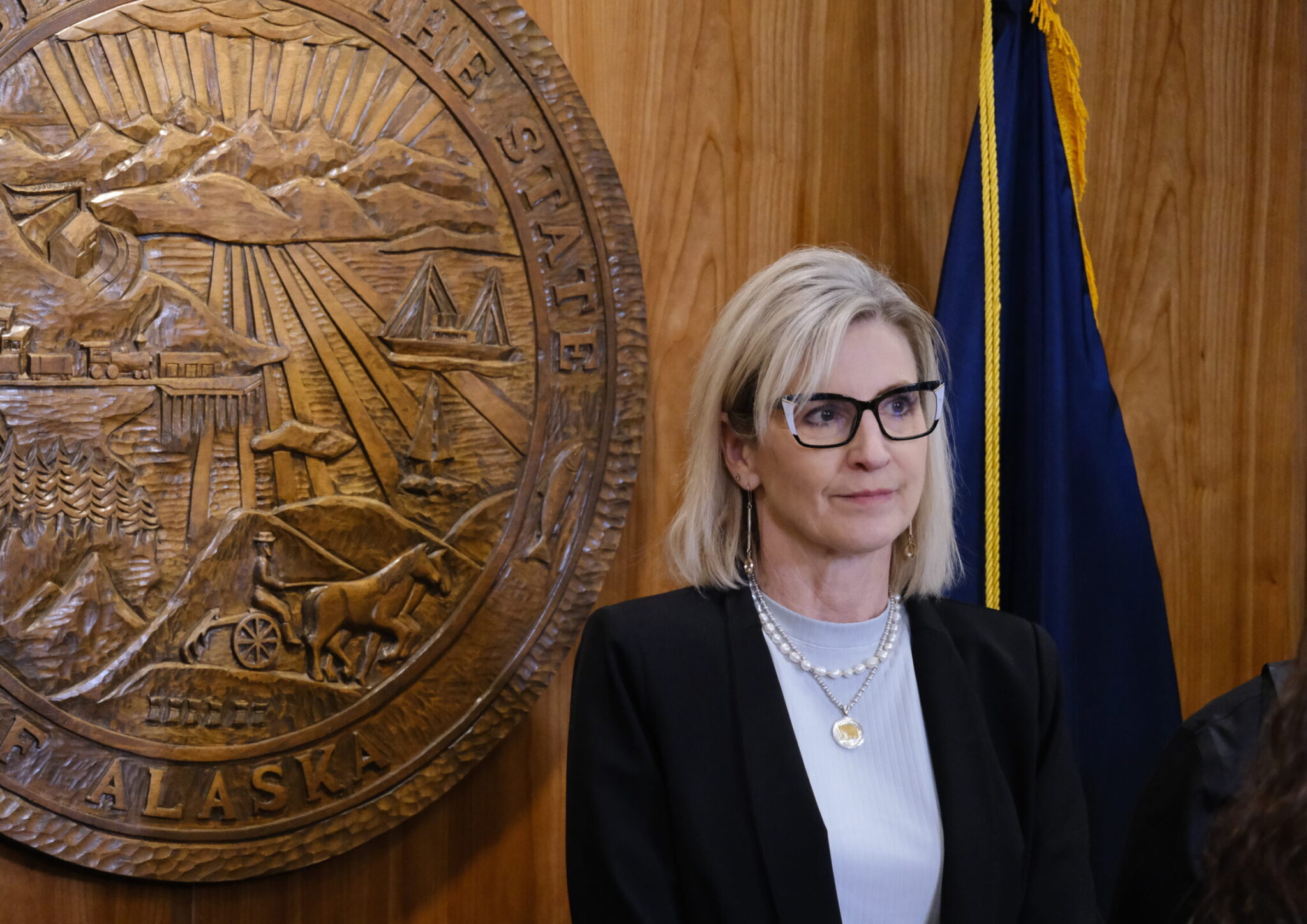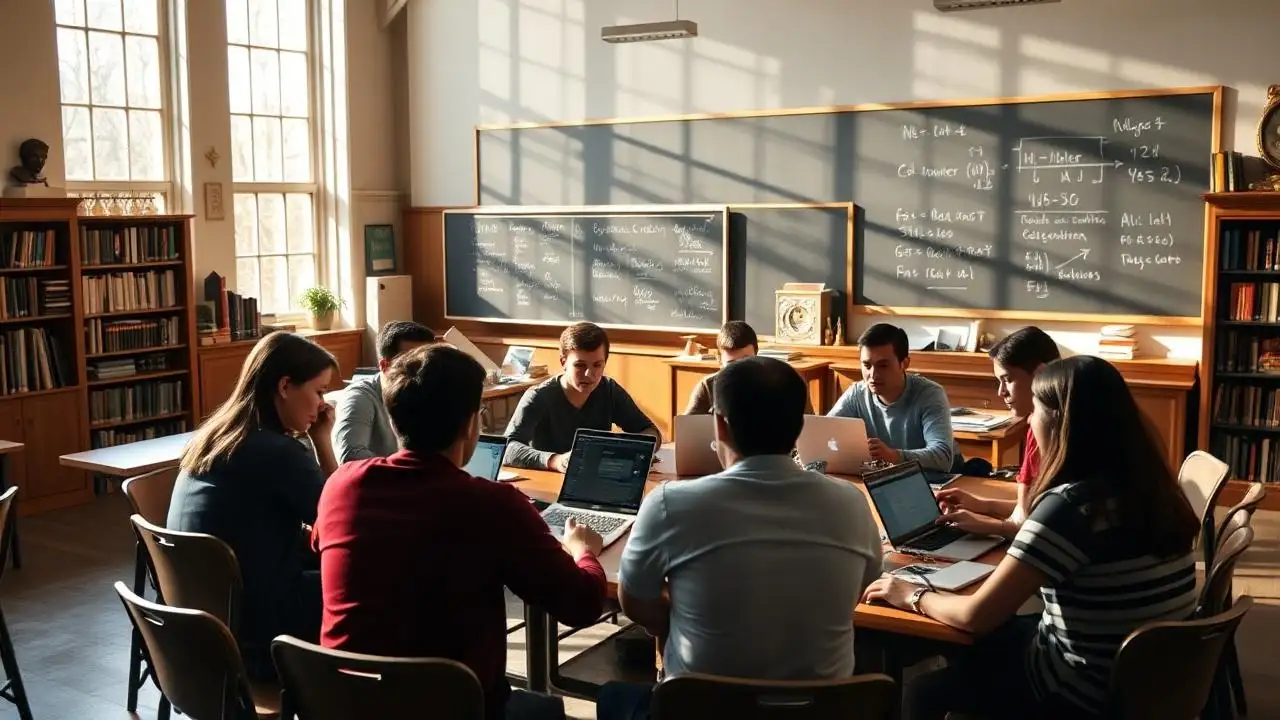
A Critical Setback for Alaska’s Education Sector
Washington, D.C. — In a move that has sent ripples through the state’s educational community, Alaska has formally appealed to the U.S. Department of Education after failing a crucial funding adequacy test, resulting in an alarming $80.8 million potential loss. This substantial financial discrepancy underscores ongoing concerns about federal funding distribution and the impact of policy criteria on regional education budgets. The decision has not only stirred political debates but also raised questions about the fairness and transparency of the federal funding allocation process.
The Background: Understanding the Funding Test
The federal education funding process is complex, involving multiple assessments and criteria designed to ensure equitable distribution based on specific need factors. Alaska’s recent financial shortfall stems from its failure to meet a pivotal federal funding test, which evaluates a state’s ability to provide adequate support for K-12 education within its boundaries. This test considers a variety of key indicators, including per-pupil expenditure, local funding contributions, and the economic status of its student population.
Originally, the federal funding formula aims to balance disparities among states, giving priority to those with higher levels of need. However, Alaska’s unique geographic isolation, demographic challenges, and the sparsity of its population make it a distinct case. Despite these factors, the state was unable to meet the specific criteria set forth by the Department of Education, leading to the potential loss of nearly $81 million in vital funding.
The Impact: What Does the Funding Loss Mean for Alaska?
The prospective financial cut threatens numerous educational programs across the state, impacting both urban and rural districts. Alaska’s vast wilderness and sparse population require substantial investment to ensure equitable access to quality education. The loss of millions of dollars could:
- Disrupt essential infrastructure projects needed for remote schools
- Reduce funding for special education and bilingual programs
- Affect teacher recruitment and retention efforts in underserved areas
- Limit opportunities for technology upgrades and extracurricular activities
- Impair the state’s long-term educational development plans
In particular, rural communities and indigenous populations are expected to suffer the most, potentially widening the educational disparities they already face.
Alaska’s Response: Legal and Political Actions
The Appeal Process
In response to the findings, Alaska’s Department of Education and Early Development has launched an official appeal, challenging the federal assessment criteria and requesting a re-evaluation of the funding determination. The state’s education officials argue that the current testing model does not fairly account for Alaska’s unique circumstances, emphasizing that the criteria should be adaptable to geographic and demographic realities.
Key arguments presented by Alaska include:
- The need for flexible evaluation standards that recognize rural and remote school challenges
- The importance of accounting for Alaska’s higher per-measure costs of delivering education
- The necessity for the federal government to adjust funding formulas to promote equity among all states, regardless of geographic peculiarities
Political and Community Reactions
The situation has also sparked a political debate within the state, with lawmakers criticizing what they see as a punitive and one-size-fits-all approach by federal authorities. Community leaders and educators advocate for recognition of Alaska’s unique educational needs and emphasize that penalizing the state could undermine years of progress in rural education access.
Broader Implications: Federal Funding Policies and Regional Equity
This incident highlights a larger issue facing federal education funding: how to create equitable policies that fairly distribute resources across diverse regions. Alaska’s appeal underscores the necessity for nuanced, adaptable assessment models that recognize the economic and geographic realities of various states and territories.
As federal policies evolve, there is an increasing emphasis on equity-driven frameworks that prioritize the needs of historically underserved communities. Alaska’s challenge is a microcosm of ongoing discussions about the balance between standardized metrics and flexible evaluations tailored to regional contexts.
The Road Ahead: Possible Outcomes and Next Steps
The Department of Education is expected to carefully review Alaska’s appeal over the coming months. Possible outcomes include:
- Acceptance of Alaska’s arguments and adjustment of the funding assessment formula — This could result in the restoration of some or all of the $80.8 million in lost funding.
- Reaffirmation of the original assessment — If the department maintains its stance, Alaska might have to seek alternative sources or budget adjustments to compensate for the shortfall.
- Further legal or legislative actions — The state could pursue court challenges or seek legislative reforms to modify federal evaluation standards.
Ultimately, the resolution of this dispute could influence future federal funding policies, emphasizing the importance of regional considerations and flexible assessment tools.
Conclusion: Navigating Challenges for Education Equity
The Alaska case exemplifies the complex intersection of federal policy, regional needs, and educational equity. While the potential loss of over $80 million is a significant blow, it also opens the door for critical conversations about reforming federal funding mechanisms to be more inclusive and representative of diverse state contexts.
Ensuring that all students have access to quality education regardless of their geographic or economic background remains a fundamental goal. As Alaska continues its efforts to contest the funding assessment, the broader lesson emphasizes the need for adaptable policies that truly serve the best interests of every community.
For more updated news please keep visiting Prime News World.








